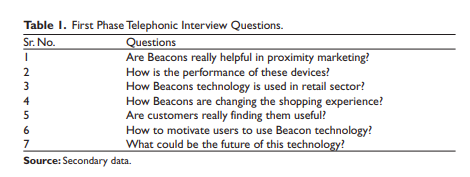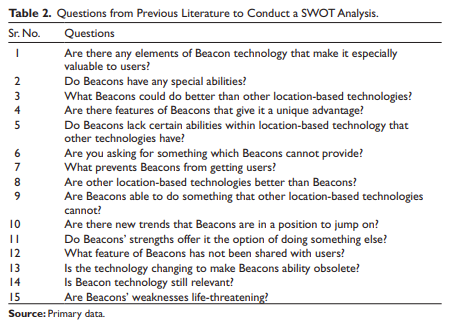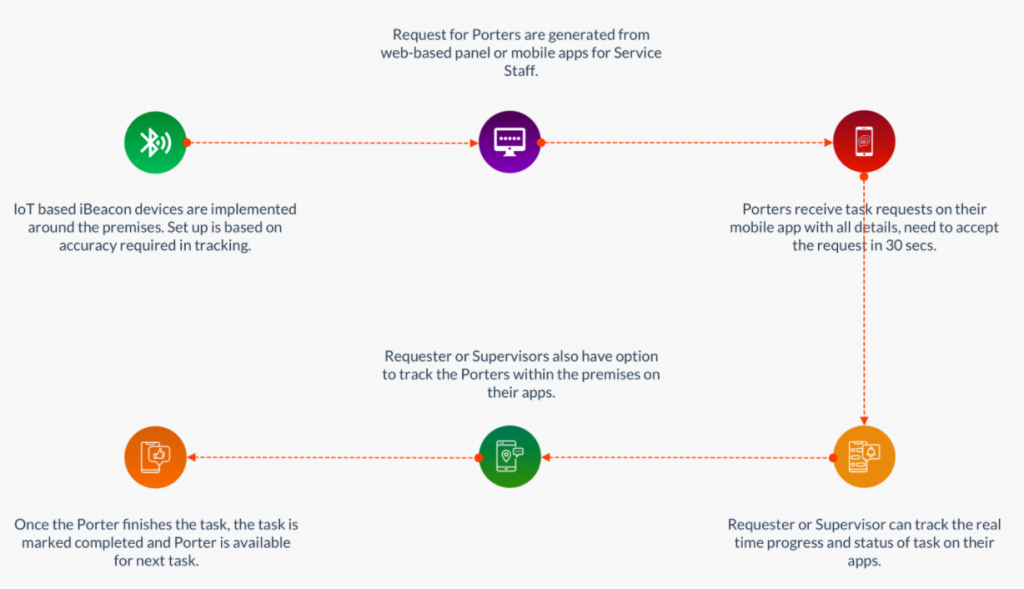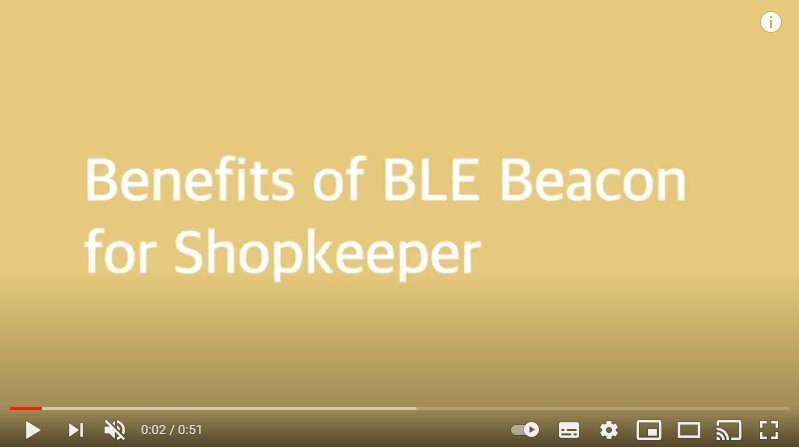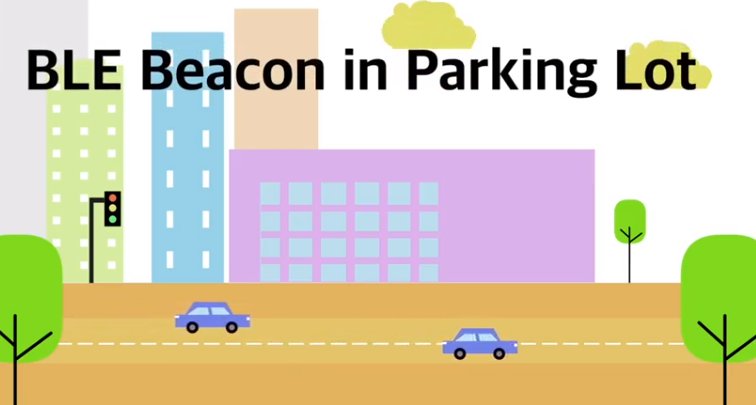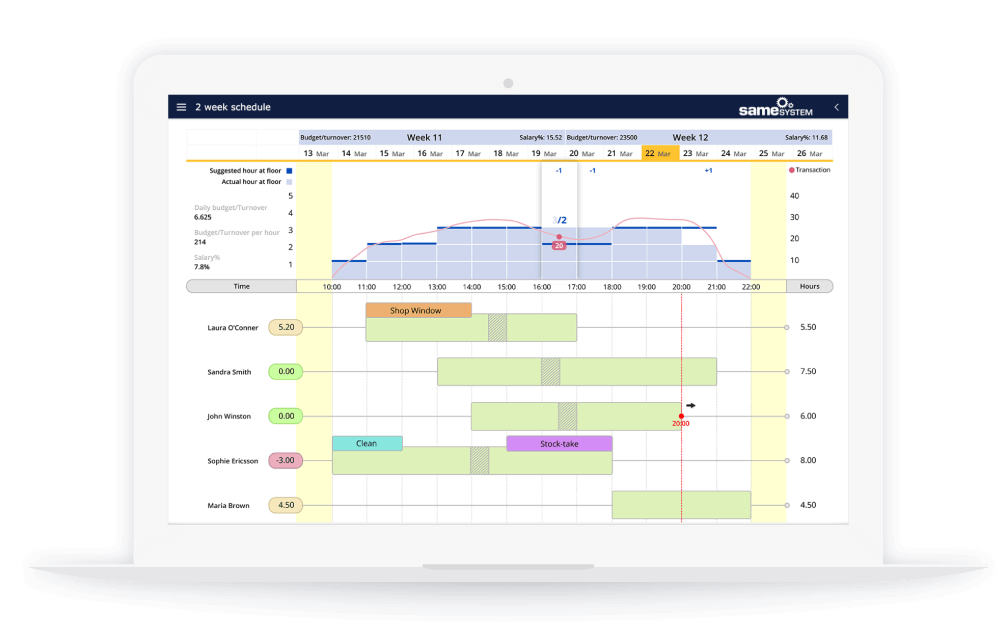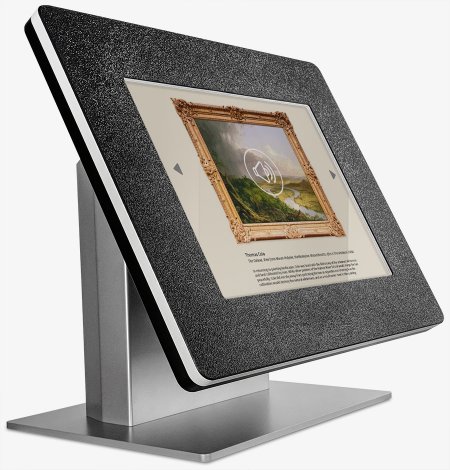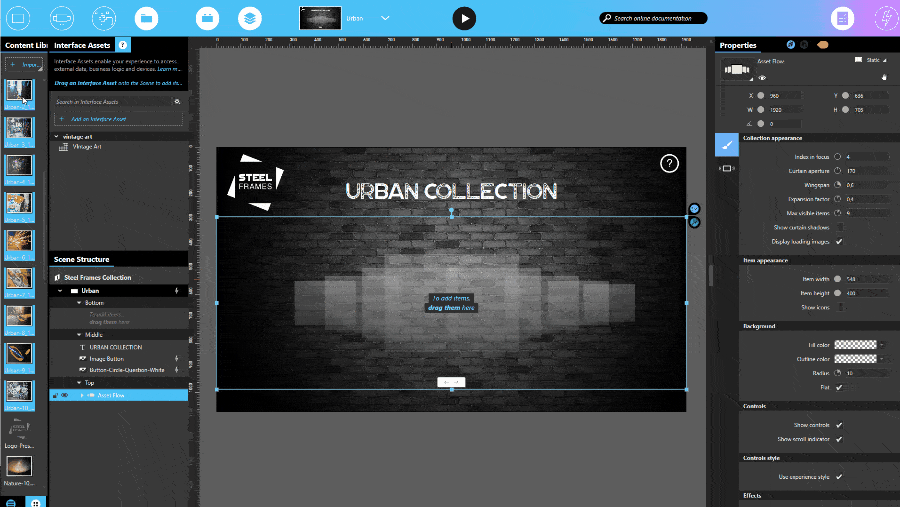New research Deploying a Location-Based Coupon Recommendation Service in Retail: Challenges and Lessons Learnt explores the implementation of a Bluetooth Low Energy (BLE) beacon-based location service designed to enhance the retail shopping experience by offering personalised coupon recommendations. This system not only improves customer engagement but also provides retailers with valuable insights into consumer behaviour. The study looks into various challenges encountered during the development and deployment phases, expanding on technical, business, and user-related difficulties, and offers lessons that go beyond typical technological issues.
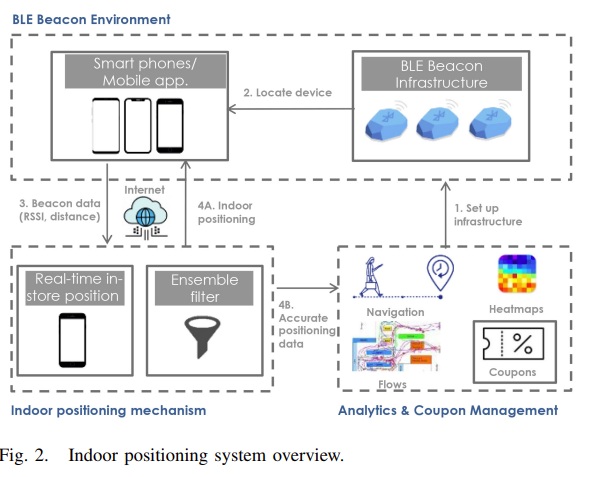
One of the primary technical challenges was ensuring accuracy in tracking customers’ locations within the store. Initially, the system used trilateration to pinpoint exact X-Y coordinates. However, this method proved inadequate due to signal interference and environmental factors. As a result, the team adopted an area-based tracking system, which was better suited for the retail context. To maintain robustness and scalability, advanced techniques such as fingerprinting and machine learning algorithms were employed, which allowed the system to adapt to various store layouts. Expanding the service to over 2,000 stores posed scalability issues that required innovative solutions, particularly in managing different store environments and layouts. Additionally, cost constraints, particularly in regard to hardware and devices, and ensuring compliance with privacy regulations like the GDPR, were significant hurdles. The system had to balance performance with legal requirements while limiting data collection to ensure customer privacy.
From a business perspective, the service needed to align with operational goals. One key challenge was determining the appropriate level of accuracy for tracking customer movements. After discussions with the business stakeholders, it was agreed that precise X-Y positioning was unnecessary; instead, tracking customer movements within specific store areas, such as aisles or product sections, sufficed. Defining these areas of interest was critical, as some store sections required more detailed tracking than others, depending on the season or product demand. For example, chocolate aisles may be more important during the winter, whereas ice cream sections are prioritised in the summer. This required a flexible, business-driven approach to configuring the system.
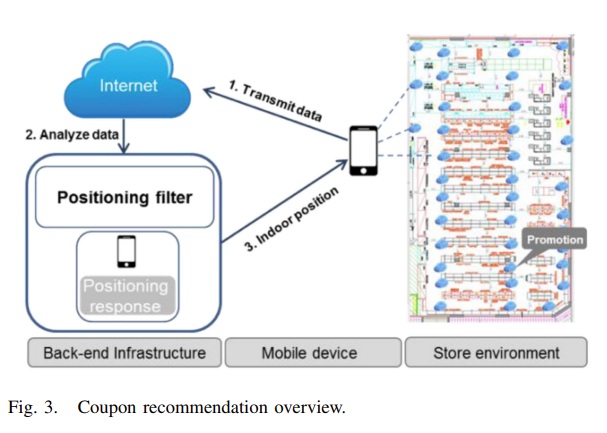
Beacon placement posed another set of challenges. Initially, the beacons were installed at human height on store shelves, but this led to significant interference from obstacles such as stocked products. Moving the beacons to the ceiling reduced signal interference and provided more stable coverage. However, this required careful calibration to ensure optimal signal strength, battery life, and overall system performance. The team also had to consider different types of mobile devices used by customers, as varying device capabilities affected the system’s performance, requiring additional adjustments and testing.
User acceptance played a crucial role in the success of the system. Initially, employees expressed concerns about the potential health risks of working near BLE beacons. These concerns were alleviated after the staff was educated about the low levels of radiation emitted by the beacons. On the customer side, users were more likely to engage with the system when offered personalised incentives, such as coupons tailored to their shopping preferences. The system proved effective, as it increased average basket size, showing that personalised coupon recommendations not only improved the shopping experience but also contributed to higher sales. Customers appreciated receiving relevant offers as they moved through the store, streamlining their shopping experience and saving them time.
The study concludes by highlighting the importance of integrating technical solutions with business goals, user preferences and privacy considerations. The deployment of location-based services in retail is not just a technical exercise but one that requires close collaboration between developers, retailers, and end-users. The lessons learned from this project provide a valuable roadmap for future implementations of similar services, emphasising the need for flexibility, privacy protection, and user-centric design.
